Lighting the Olympics
Perth, 21st November 2013
8 Eight more to go…
I am counting down to my 1000th blog post! I would like to take this opportunity to ask all my readers to send in your wishes, comments and feedbacks on how you have experienced the blog, what you have learned from the blog, what you like about the blog, how it has helped you in your life and so on, it does not matter anything you would like to say; all things that that I will then feature in my 1000th blog as a thank you to all of you out there that have supported me and have taken the time to read my blog, some I know nearly every day. Let’s hear it from you.
Today the IES of ANZ/WA was hosting a talk called Stadium Lighting presented by David Lewis, but it would have been far more attractive and exciting if it had been called Lighting for the Olympics. David and I go back more than 25 years when we (both at Philips at the time) travelled Asia educating staff and clients about the benefits of better lighting. We lost touch after I left Philips in 91 and though we both kept an eye on each-others careers we had not managed to catch up until today. David had always been active in sports lighting during his Philips time and when he got a chance call in the late 90’s to help out with the 2000 Sydney Games an opportunity was born and he never looked back.
Listening to his presentation was fascinating as it is a highly specialised world of lighting design and even though with all my experience I am pretty sure I could do a pretty good job too it was really interesting to see and hear about all these peripheral lighting issues that are so highly linked with top of the class lighting design, which is what is needed for the Olympics. As David said this is one of the very few applications that we do design for lux meters and more particularly for high definition TV cameras. It’s all about getting it right for the perfect shot, with audiences in the stands really being second priority.
TV applications like ultra-slow motion replays with nowadays up to 1000 frames per second I believe I heard him say, has brought issues to the fore such as flickering (power frequency of the lights); which now has resulted in the so-called flicker factor. The obvious issues like uniformity (HDTV!), glare control, material surfaces (reflections!) such as ice skating rinks are all worked out in relation to camera positions. And while we used to have only a handful of cameras in the past, having 15-20 camera’s for a single sport today is common including movable track cameras and overhead “flying” cameras.
It is therefore not surprising that this asks a lot from the lighting designer and David has over the years profiled himself as the leading lighting expert in this type of lighting design. Well done!
Light Watch 4-200: The IES night in pictures…
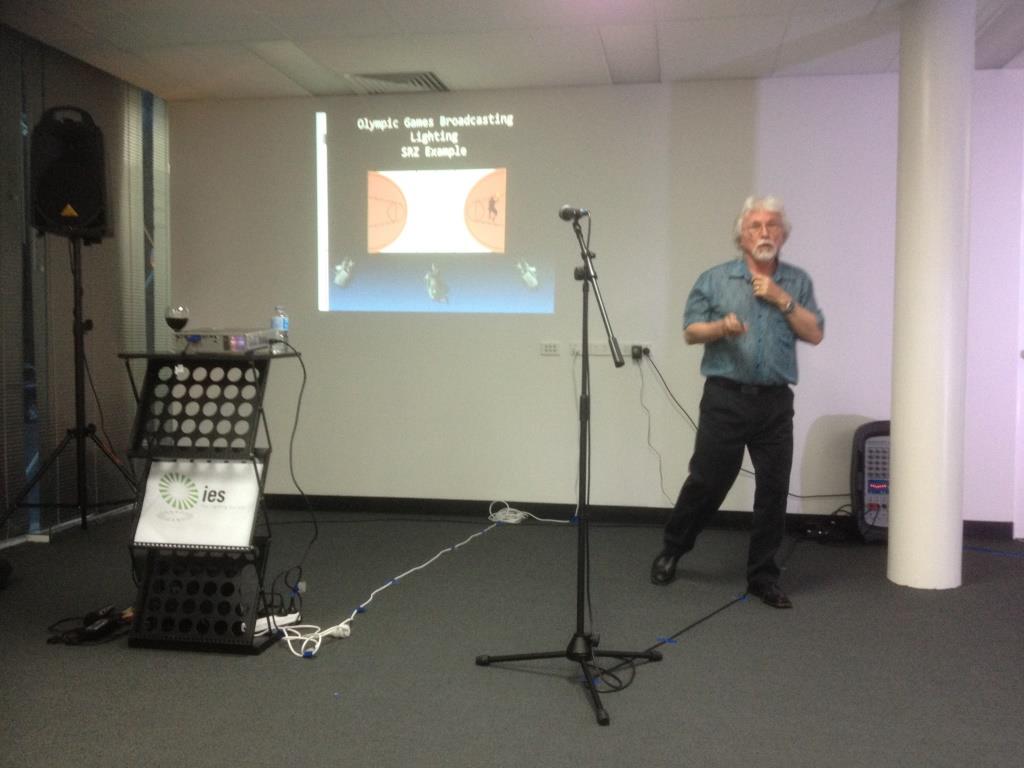


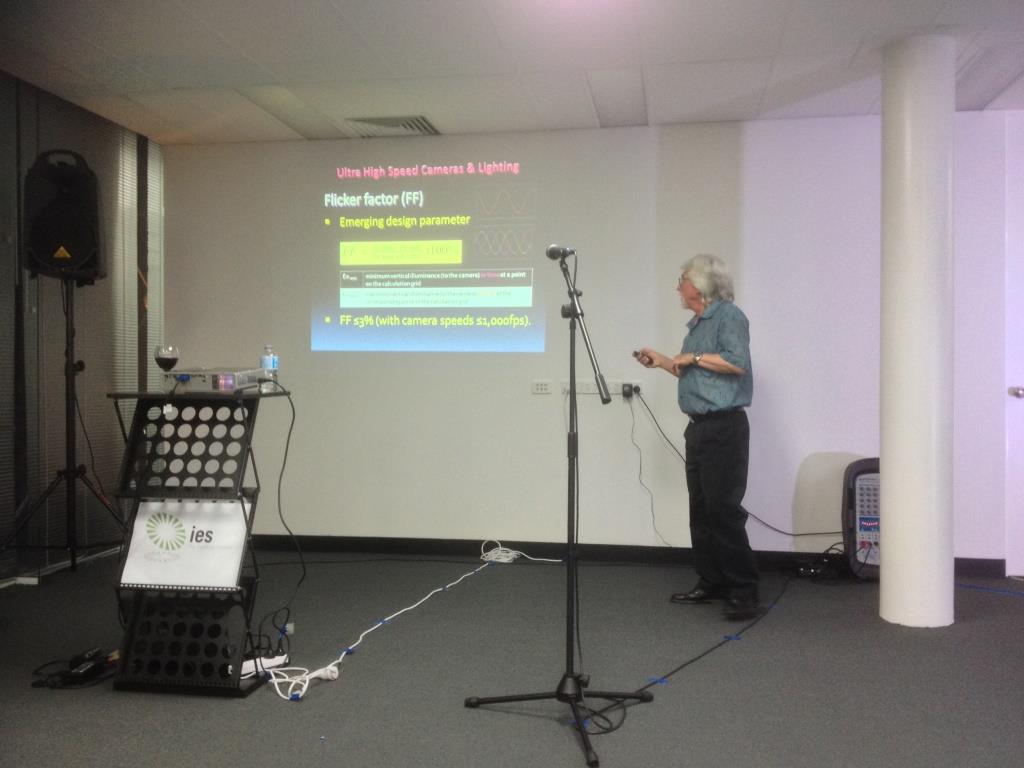
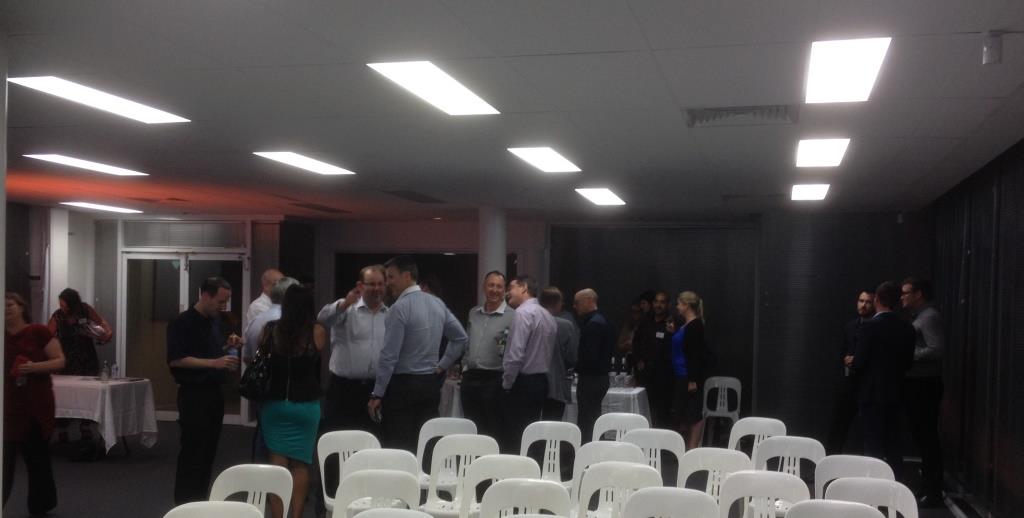
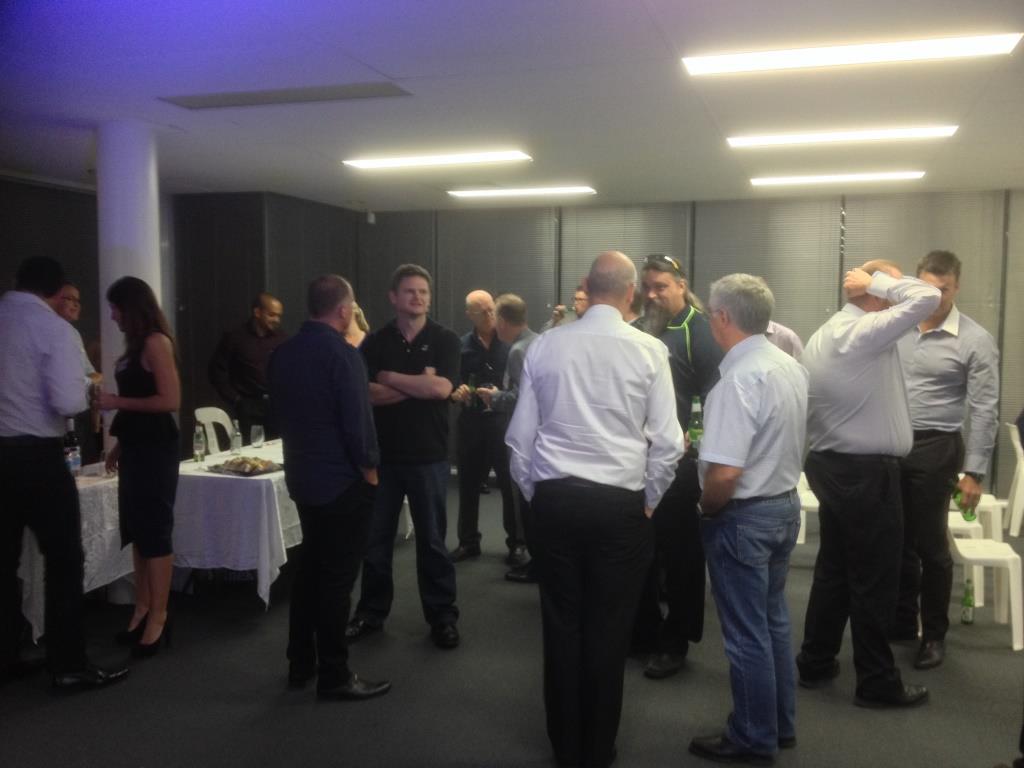
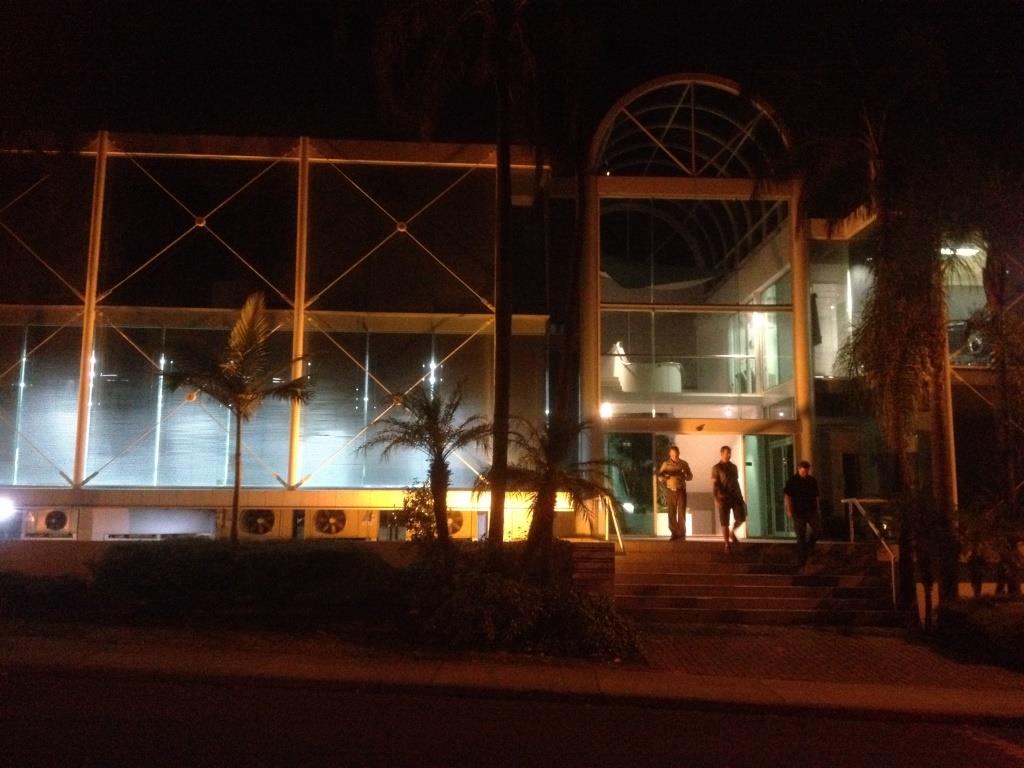
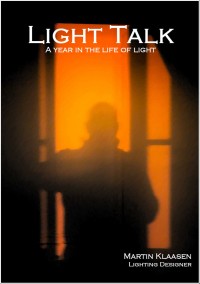 The long awaited book compilation of Martin's first year of blogging is available. Order now.
The long awaited book compilation of Martin's first year of blogging is available. Order now. Feedspot Top 100 Lighting Blogs
Feedspot Top 100 Lighting Blogs